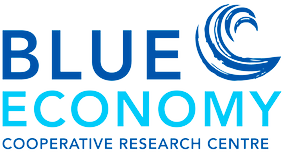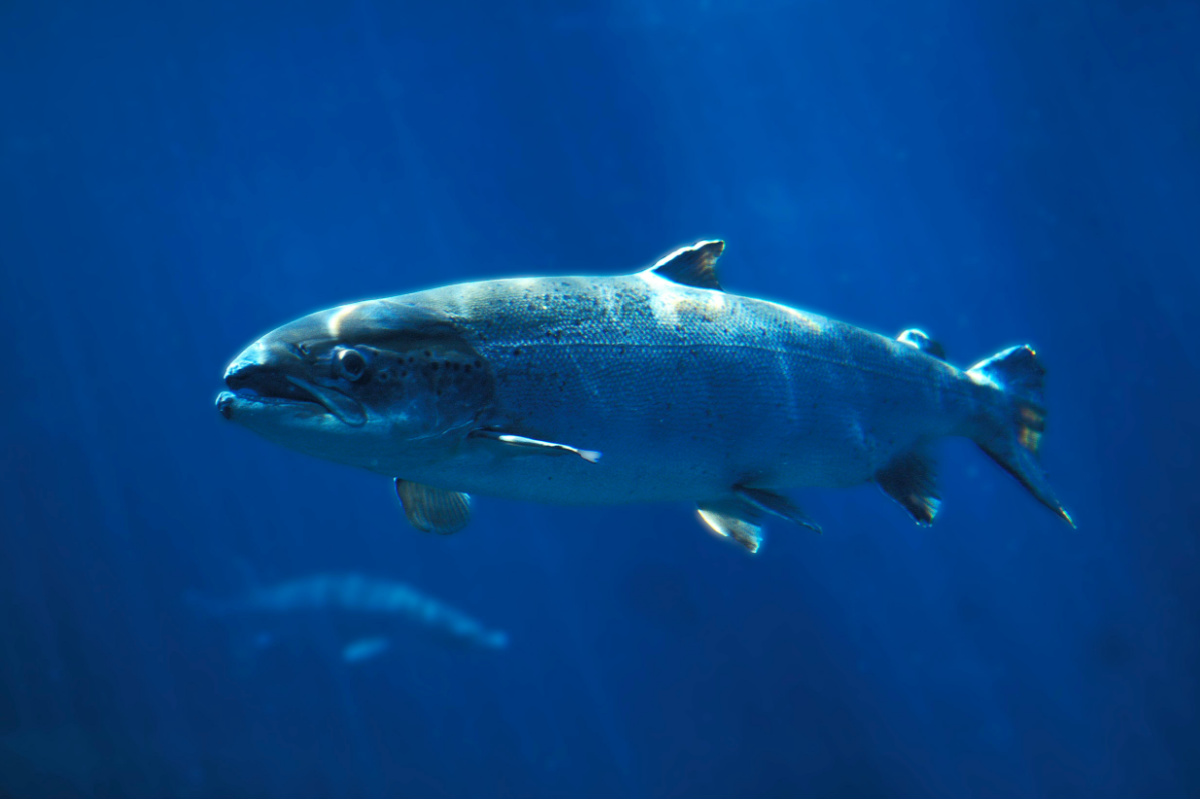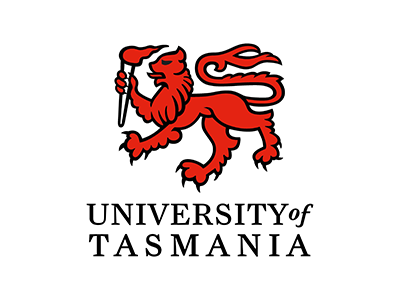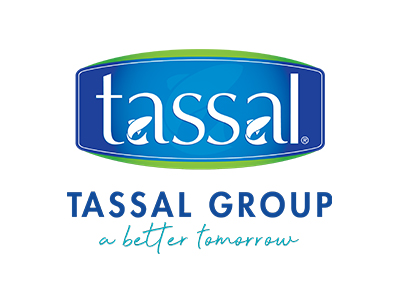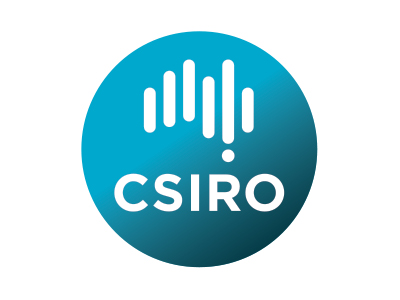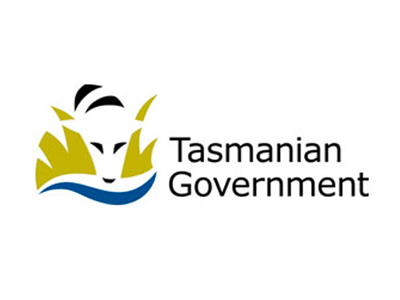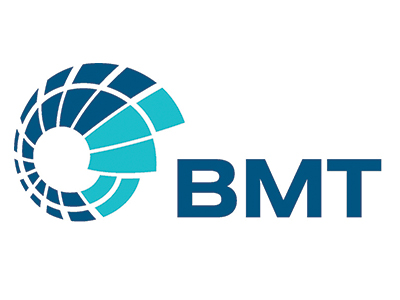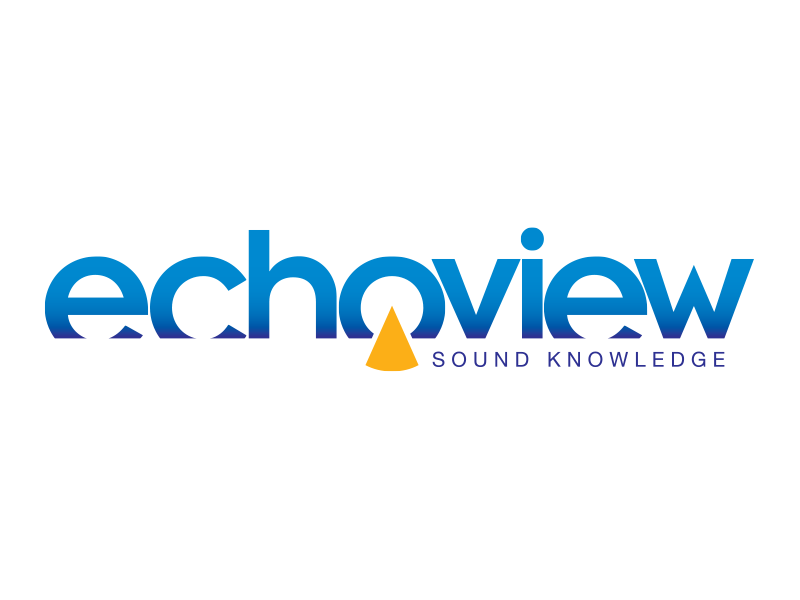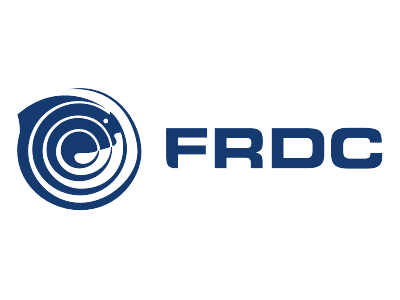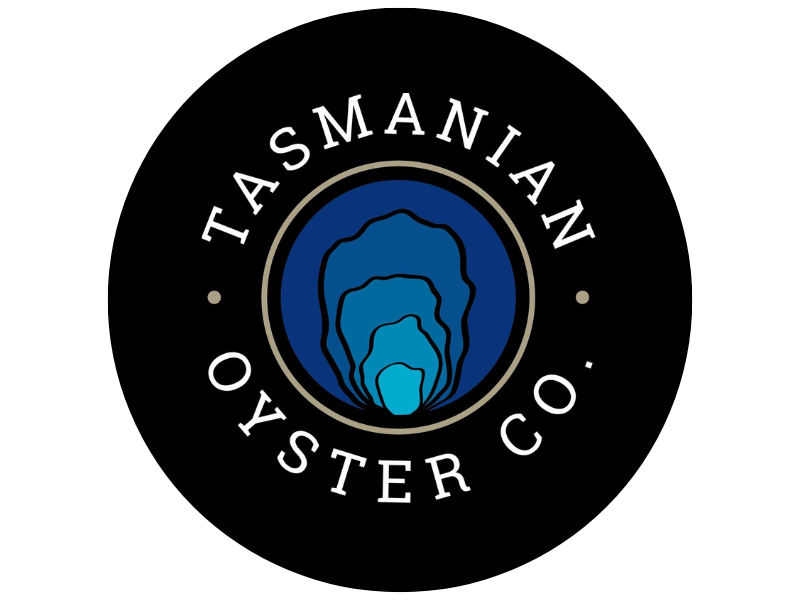Research Program
PROJECT LEADER
Scott Hadley, University of Tasmania
PROJECT ID
2.23.003
BECRC PARTNERS
THIRD PARTY PARTICIPANTS
FRDC
Tasmanian Oyster Company
START DATE
01/09/2024
END DATE
01/03/28
DURATION
42 Months
PROJECT IN BRIEF
This project will develop models for quantifying aquaculture production in high-energy coastal waters. Although primarily focused on salmon and leveraging off an existing bench marking study on fish selectively bred for offshore conditions, we will also model production of two other taxa: macroalgae and oysters.
All models will be incorporated into a coastal ocean biogeochemical model of southeast Tasmania to explore co-culture and monoculture farming, spatio-temporal variability, and impact of marine heat waves on production.
We will also be developing hydroacoustic methods to measure production in-situ. These measurements will be used to ground truth our production models in conjunction with historical data. Hydroacoustics will also be implemented to track fish location in the water column, useful for examining fish behaviour (e.g. when feeding, predator interactions etc).
To complete this work, we will be integrating a data sharing platform that allows the secure use of both private and public data, which can be used to improve model predictions across a range of environmental conditions thus extending the domain of applicability.
The benefits of this project will be immediately relevant to offshore aquaculture across several taxa in Australia and New Zealand. Production biology in salmon directly relates to health and welfare, growth optimisation, feeding and nutrition. Similarly many aquaculture industries are beginning to incorporate advanced remote sensing technology into their operations, which allows real-time monitoring of the stock and supports predictive models. Non-invasive, instantaneous technology for monitoring biomass, condition, and behaviour at the individual and cohort levels is a primary need of the industry.
